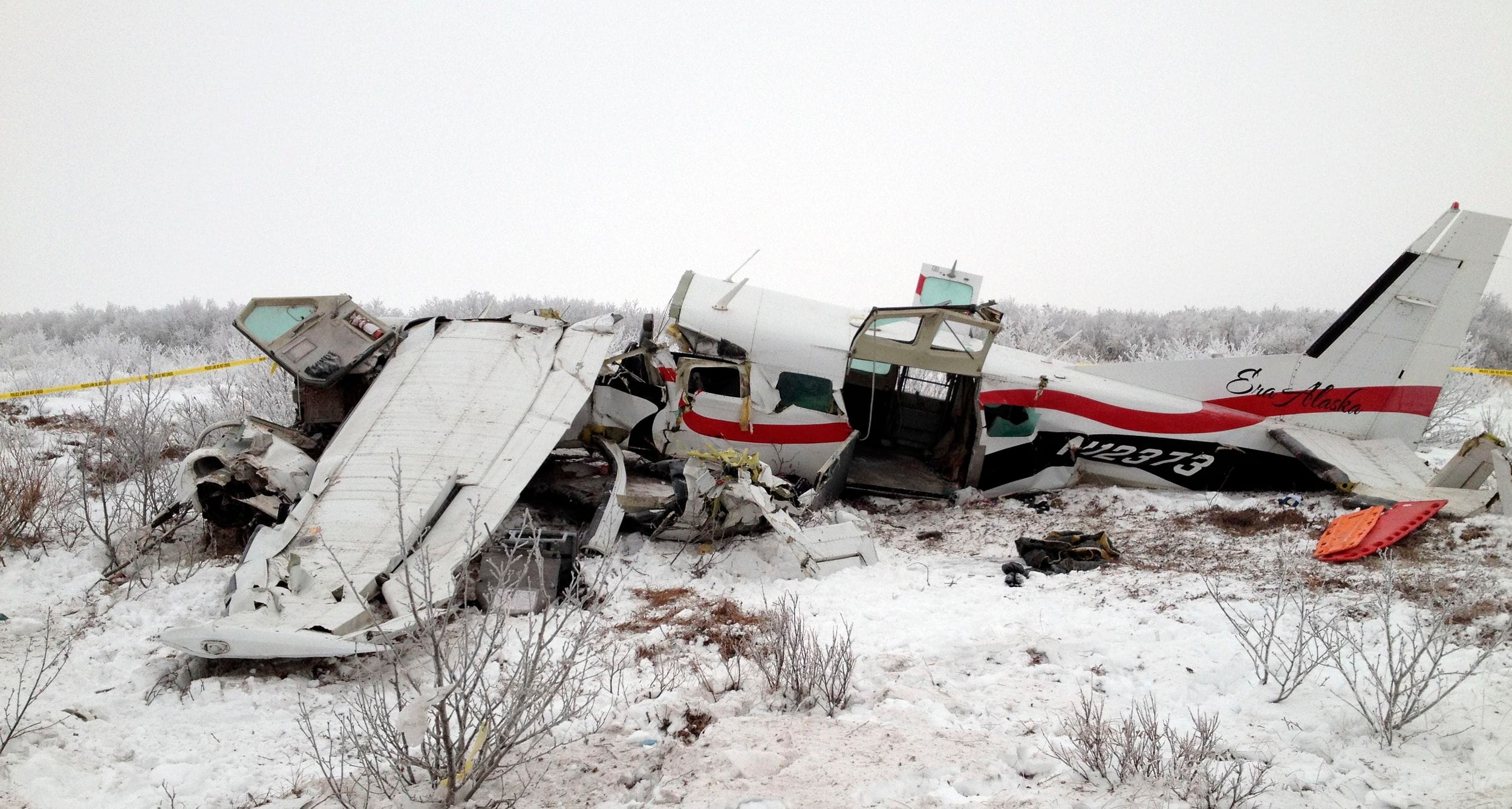Authorities in Alaska are grappling with the aftermath of a devastating commuter plane crash that claimed the lives of ten individuals, including the pilot, when a single-engine turboprop aircraft went down in western Alaska. The ill-fated flight, en route from the village of Unalakleet to the central Alaskan hub community of Nome, encountered difficulties last Thursday, ultimately crashing into the frigid waters of the Bering Sea. All efforts to save individuals on board proved futile, leaving families, officials, and investigators seeking answers in the wake of the tragedy.
According to early assessments, the crash occurred against a backdrop of challenging weather conditions and difficult terrain, factors endemic to aviation operations in Alaska. The state, with its remote settlements and often extreme elements, depends heavily on small commuter flights for routine operations; however, these conditions create considerable risks. Last week’s horrifying incident served as a grim reminder of this dangerous duality, leaving investigators working around the clock to piece together what went wrong.
The commuter plane, identified as a single-engine turboprop, departed from Unalakleet for Nome Thursday afternoon. Radio contact was lost during the flight, raising concerns hours before confirmation of the crash. Initial investigations revealed that the plane went down over sea ice close to Nome, an area known for its unpredictable water currents and weather fluctuations. The plane was eventually discovered off the coast, surrounded by shards of debris indicating a catastrophic impact.
Rescue and recovery operations were deployed swiftly, yet proved difficult due to ice drift and deteriorating weather conditions. Both the wreckage and the remains of the victims were found on unstable sea ice, complicating recovery efforts. Maritime authorities were forced to halt some operations at intervals as harsh winds and snowfall posed significant safety concerns for responders. Recovery crews focused their efforts to retrieve both wreckage and human remains ahead of an incoming snowstorm forecasted to hit the region on Sunday. This effort became not only a mission to understand the crash but also to preserve dignity and provide closure for families impacted by the tragic loss.
Passengers aboard the crashed aircraft included a mix of travelers, workers, and a crew member, all trying to navigate the state’s vast distances amid treacherous but routine transport avenues. Alaska State Troopers confirmed that no minors were on board; all ten individuals were adults. For families holding onto hope, the grim revelation represented a heart-wrenching conclusion to what started as an otherwise mundane day in Alaska’s daily aviation routines.
As of today, the investigatory body in charge, the U.S. National Transportation Safety Board (NTSB), has pledged a thorough and impartial look at potential contributing factors, including weather, pilot error, and potential mechanical shortcomings. Authorities will be working not only through physical wreckage evidence but also through radar information, air traffic communications, and potential witness accounts.
“This is our highest priority at the moment from a regional aviation standpoint,” stated an NTSB spokesperson, confirming that a team of specialists has already been dispatched to Nome to begin their inquiry. However, the investigation will undoubtedly be hampered by hurdles posed by harsh environmental conditions even days after the accident.
Last Thursday’s crash represents one of several aviation incidents in the United States during what has proven to be a particularly difficult few weeks for aviation safety. Nationwide concerns regarding air traffic safety persist, but for communities in Alaska, these risks are an everyday reality. State transportation experts note that many regional accidents stem from the reliance on air travel to bridge remote outposts and mainland communities, coupled with adverse meteorological conditions which pose operative risks.
Families affected by this tragedy are now left to mourn loved ones whose lives were tragically cut short. Amid the emotional toll, calls are being raised for reviews of aircraft maintenance standards and expanded navigational supports for commuter pilots operating within these extraordinarily challenging zones. It’s a call that government agencies, often limited in funding for state infrastructure aviation matters, grapple with balance decisions between safety costs and remote community needs.
The condolences continue flowing in from state officials who recognize the critical role aviation plays within Alaska’s infrastructure, culture, and individuality. For now, federal action toward uncovering causational sources behind these mishaps—preventative promoting protocols remains frontative stage areas case resolve ensuring tragedies emerge viewed as preventative rather recurrent warnings



